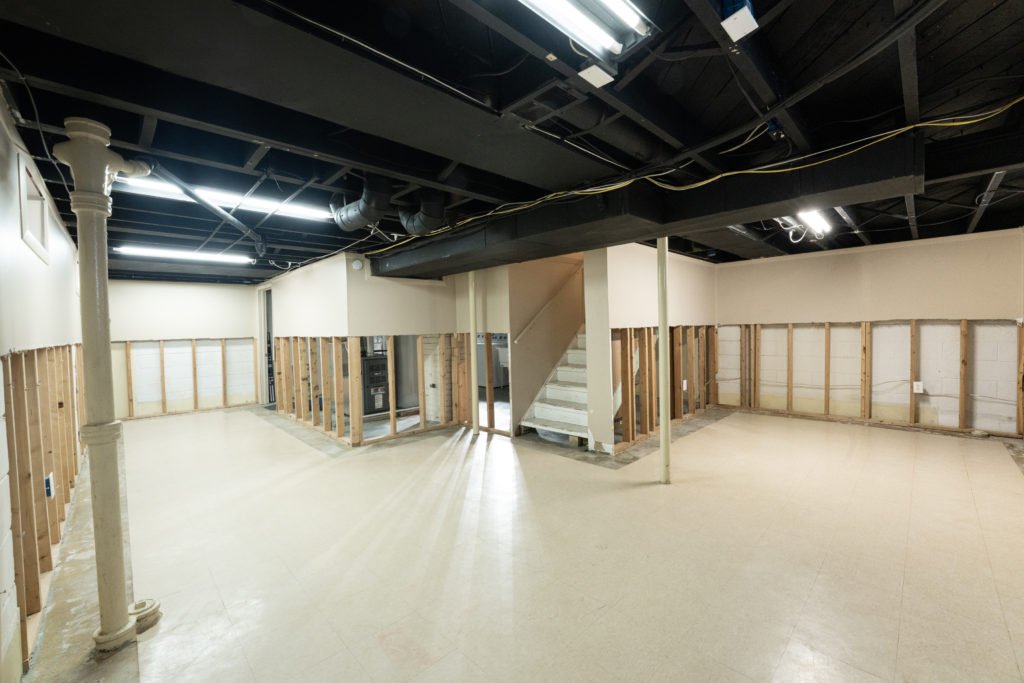Water damage restoration is the use of professional services to remove water on your property and return it to its normal state. If you leave water on your property for long periods of time, you expose yourself and your tenants to health risks. Stagnant water and moisture are the best conditions for the multiplication of bacteria and the growth of molds.
Common causes of water damage include broken and leaking water heaters, burst pipes, excess toilets, flooding as a result of storms and hurricanes, leaking roof holes and fires that require a lot of water to extinguish.
Types Of Water Damage
- Water from a sanitary source, but good for human use
- Water is relatively polluted, with the possibility of causing illness and discomfort when using it
- Extremely polluted water and full of pathogens and toxic agents.
To be aware of what you need to do if you experience water damage in your home, read the steps described below.
Stop The Stream
More water in your property can cause more damage. If you are not at your property and your tenant calls to inform you of water damage, direct them to turn off the supply of your property. Landlords must inform their tenants where the main water supply is to turn off the valve when necessary.
They may not have to turn it off due to water damage from blast pipes, but because the storage tanks are full and spillage is damaging your property.
Contact Professionals
You should contact experts immediately, as stagnant water around your property is a health hazard for your tenants and your family if you share the same compound. Professionals like Moisture Master Pros LLC will thoroughly inspect the level of damage, determine the type of water damage and identify the areas affected. This step is important to create an effective strategy to begin the restoration process.
Water Removal
In the event that a lot of water is removable, water removal experts will pump the water and drain your home after the water has been removed. If water damage occurs in industrial environments or indoor commercial dwellings, you must use the right dryer immediately to reduce the risk of property damage and endangering the safety of the residents.
Humidification And Drying
The professionals you contact may be able to use commercial air movers, air scrubbers, and humidifiers along with other restoration water equipment. Once much of the water has been extracted, it may be necessary to use more specialized equipment that can remove water from places that are more difficult to access.
Experts use less intrusive drying methods to suck up residual water and moisture from your property through the use of humidifiers and air movers.
Making Necessary Repairs
Broken water pipes need to be replaced or repaired. Damaged toilets and sewers also need to be repaired. Let your contracted professionals repair your leaking roofs.
Healing and Cleansing
Many times when the aftermath of water damage affects things like clothing, furniture and other personal items. Professionals can help you heal them with antimicrobial treatments and remove bad odors with fog equipment and air scrubbers.
Know What The Law Says
After a water damage disaster, it might be hard to tell who should provide the cost of the water removal and the repairs: you as a landlord or your tenants. This must be guided by what the law says. That way you have to be careful not to break the law and risk mitigation. If it requires you to relocate your tenant to another location when the matter is settled, you can go ahead and do so.
Seek Insurance Compensation
If you had landlord insurance covering water damage, inform your insurer of the situation and fill out the documents to claim the compensation. The agent will determine what you need to cover your loss. If you are experiencing challenges from the insurance company, you may want to consider hiring a lawyer to help you get legal justice.
Conclusion
Water damage can range from mild to severe. Whatever the case, you need to follow the above steps to restore your belongings and services. Let professionals do the work for you by pumping the water, drying and dehumidifying your belongings, cleaning and sanitizing household items, and doing minor restoration work, such as replacing wall panels or doing major reconstruction, like building new rooms on your property.
For more information on the real estate sector of the country, keep reading Feeta Blog.



